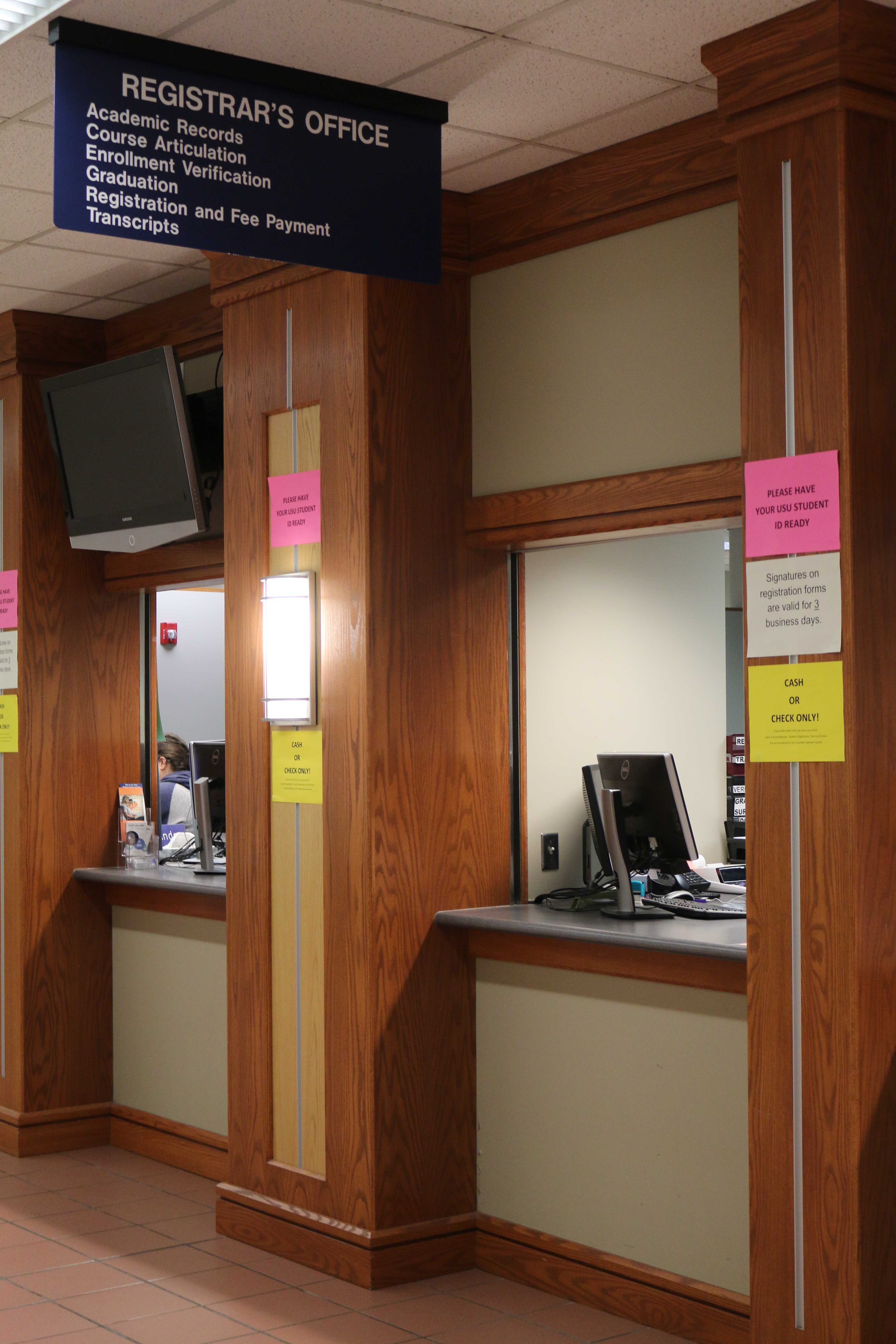Understanding tuition for students
Every year college students pay thousands of dollars to continue their education; how that money is spent, though, is unknown to a lot of those same students.
“I don’t know. I don’t think much about it, I normally just trust the system because I don’t really know where to check it,” said Bron McCall, a mechanical engineering student at Utah State University.
Others believe tuition goes towards the faculty at the university.
“I hope tuition goes to paying our professors,” said Sara Albertson, a journalism major.
The first thing to understand about tuition is that once it is collected, it is all put into a single “pot,” along with state tax dollars granted to universities by the Board of Regents, a government board created specifically to oversee higher education in their state.
Once all that money is collected it is broken into two separate categories, called tiers. The first tier is created by the Board of Regents, which then decides how much money will be given a college, which determines how much teachers are paid. Currently, about 80% of tuition is spent on this.
The second tier is a bit more complicated. Student body officers must first decide how they want to spend the money they are given, and once they do, a public hearing for all students must be held before it can be sent off for approval by the Board of Regents before being spent. This entire process takes about a month or two.
Although this process remains the same every year, tuition continues to rise. It has risen 13 percent in the past three years alone. In 1988, the price to attend a semester at Utah State was only five dollars and in less than 30 years has risen to about $3,300 for resident students. For nonresident students it is three times that much. The reason for the enormous increase, according to David T. Cowley, USU’s vice president of business and finance, is due to government refusal of paying for university inflations.
“There are inflations in every industry, including higher education… States have chosen that they either cannot or will not keep up with the inflationary costs of providing higher education,” Cowley said.
Because of this lack of government funding, USU is forced to continue rising the price of tuition to make up the difference.
— shaniehoward214@gmail.com

